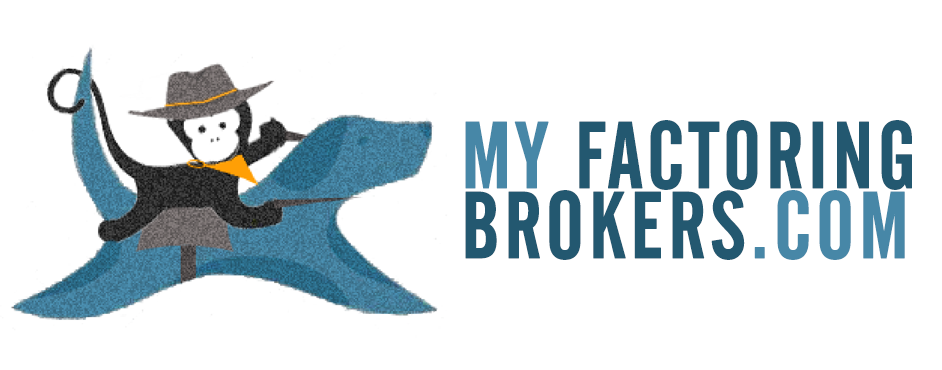Rewards can help keep customers engaged, but not every type of business can have a punch card. Find out how to build loyalty without tracking points or purchases.
To Build Loyalty You Have to Beat Competitors Loyalty Marketing Too
The average consumer is a member of more than seven loyalty programs, and about 40% of all small businesses offer some type of loyalty reward or program. You’re not just competing against your rival’s products and services; you’re competing against their loyalty rewards, too! Here are five ways to build loyalty beyond the punch card by earning long-lasting loyalty from your clients.
Why Repeat Customers are Better than New Customers
It’s interesting that most businesses commit far more time, money and other resources to customer acquisition activities than retention or loyalty programs, given the impact that loyalty customers can have on the profitability and growth of an organization. We often think about customer loyalty programs in terms of how they reward the customer; however, when you build loyalty, the business is the one that really enjoys the rewards. Consider some of these *statistics that show why repeat customers are better than new clients:
- Repeat customers are 6-7 times less expensive to come by than new customers
- Customers who rate you as a “5” (on a scale from 1 to 5, with 5 being the best) are 6x more likely to buy from you again
- A 2% increase in customer retention has the same impact as decreasing costs by 10%
- The probability of selling to an existing customer is 60-70%, while the probability of selling to a new client is just 5-20%
5 Ways to Build Loyalty without a Punch Card
1. Engage
One size does not fit all. If all of your social media, email and other engagement marketing focuses on selling to prospects, then it’s not likely to be engaging, educational or motivational to existing customers.
Communicate by email on a regular basis. Customers may not open every email you send, but if your emails are still turning up in their inbox, it’s a signal that they still want to hear from you. An Economist Intelligence Unit (EIU) study sponsored by Lyris found that the top ways consumers want to learn about a brand and its products and services are:
- Email (37%)
- Print catalogs (35%)
- Personal referrals (33%)
- Referrals from another trusted website (30%)
- In-store promotions (24%)
- Brand’s blog or social media (21%)
Conversely, consumers indicated that they least wanted to receive brand communications by:
- Telephone (64%)
- 3rd party sites (38%)
- SMS text messages (32%)
2. Solicit – and Act On – Feedback
What stronger signal could to you send to your customers about how much they truly matter to you, than by actually acting on their ideas, suggestions and even complaints? We recently came up with a list of ten ways to use customer feedback to improve and grow. Solicit and act on customer feedback, then follow up, by:
- Letting customers know that you acted on their feedback, and what changes you made as a result
- Reporting to other customers and prospects (on your blog, in press releases, in email communications, etc.) about how you received valuable feedback and made a change in your organization based upon it
3. Personalize the Experience
Rewards or perks that incentivize one customer or one segment of your customer base may not incentivize others. Rather than design a one-size-fits-all loyalty experience, design a loyalty program that can be personalized according to a customer’s preferences.
Furthermore, by engaging the customer in design of their own loyalty program you facilitate a deeper level of buy-in and awareness than generic loyalty programs can provide. A customer who has designed their own program and loyalty rewards will be much more aware of what it will take to win them!
4. Make Sure ‘Membership has Its Privileges’
If you only offer first-time client discounts, how do long time, loyal customers feel? Many businesses offer introductory rates and specials, trusting that long time clients will “understand.” However, all too often, the long-time customer ends up feeling undervalued and may shop competitors for an introductory offer of their own.
Whether you offer a first-time client special or not, consider creating VIP or membership options that incentivize loyalty over time, level of purchases or some other loyalty indicator.
Another way to bring privileges to long-time loyal customers or club members – without discounting or giving away freebies – is to partner with other organizations who agree to extend discounts, privileges or membership to them as well.
5. Beat Expectations
Surpassing customer expectations is the most effective way to build loyalty, especially if word of mouth marketing plays a big role in generating new leads and customers for your business. If your business regularly exceeds customer’s expectations, why would they want to go anywhere else, only to be disappointed? What’s more, for customers that do shop around, underwhelming experiences at rival businesses may drive them right back to your organization, to stay.
***
Statistics – Sources:
May 2013: The average consumer is a member in more than 7 loyalty programs, Maritz Loyalty Marketing on marketingcharts.com
August 2013: 38% of small businesses are using customer loyalty programs to deliver special offers and rewards for frequent customers, BIA/Kelsey on (a href=http://www.marketingcharts.com/wp/traditional/4-in-10-smbs-offer-customer-loyalty-programs-36107/ title=small-business-loyalty-programs target=_blank>marketingcharts.com
*Bullet point statistics from 15 Statistics that Should Change the Business World – But Haven’t on LinkedIn









Leave a Reply
Want to join the discussion?Feel free to contribute!